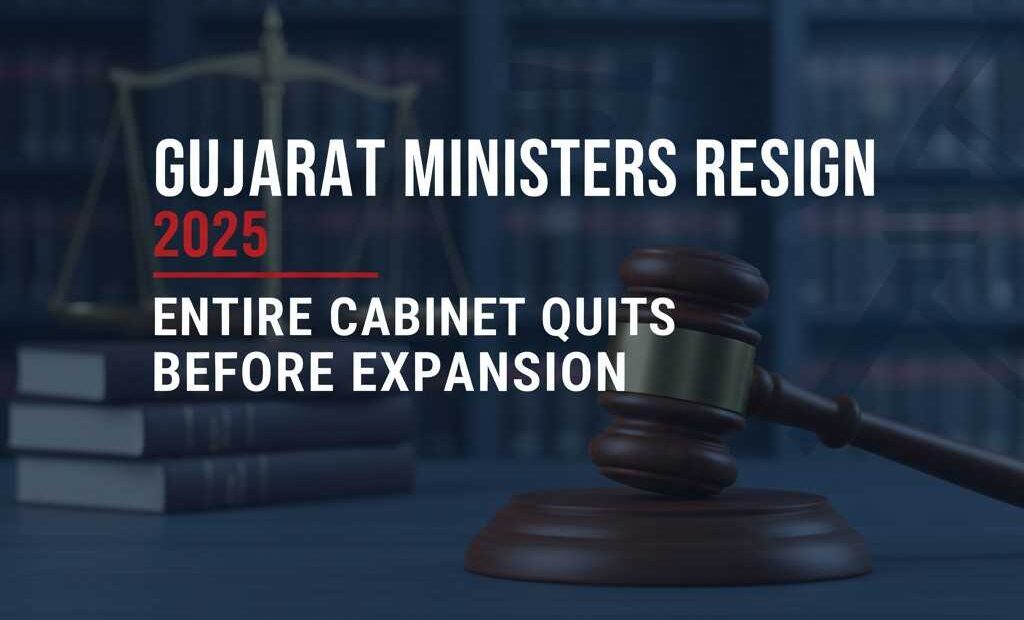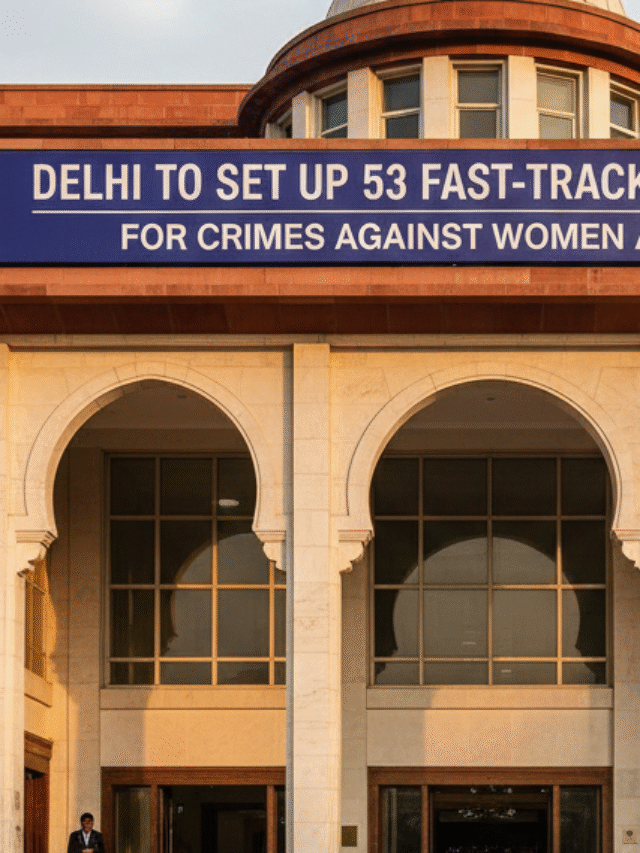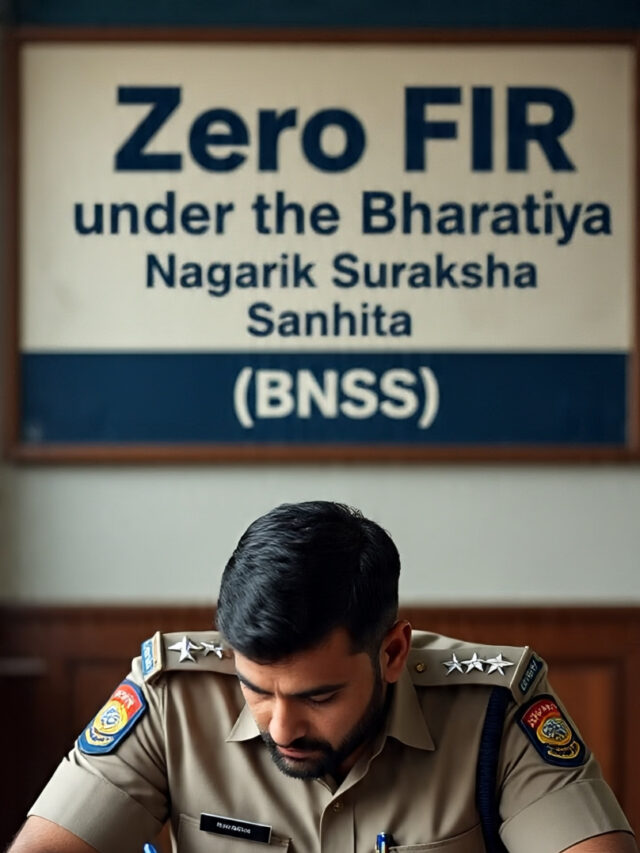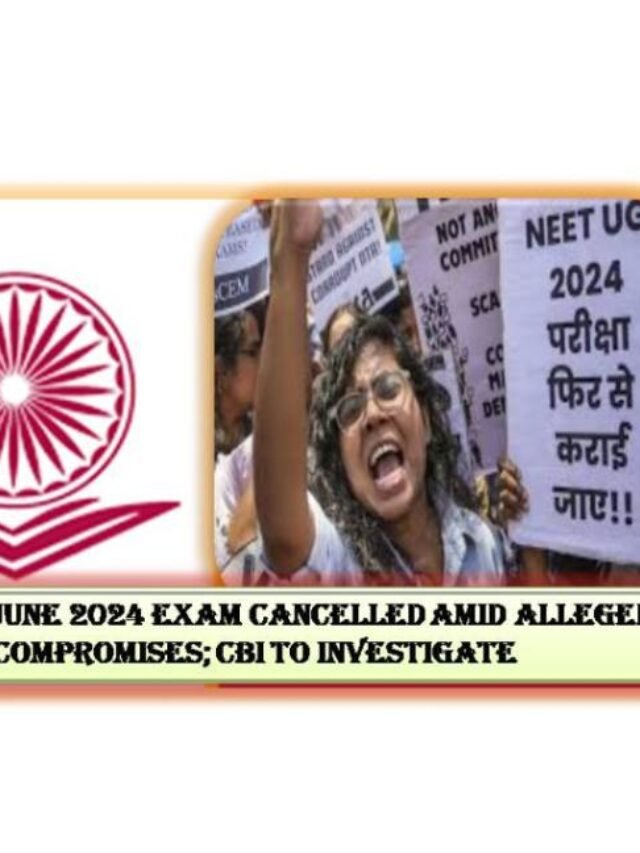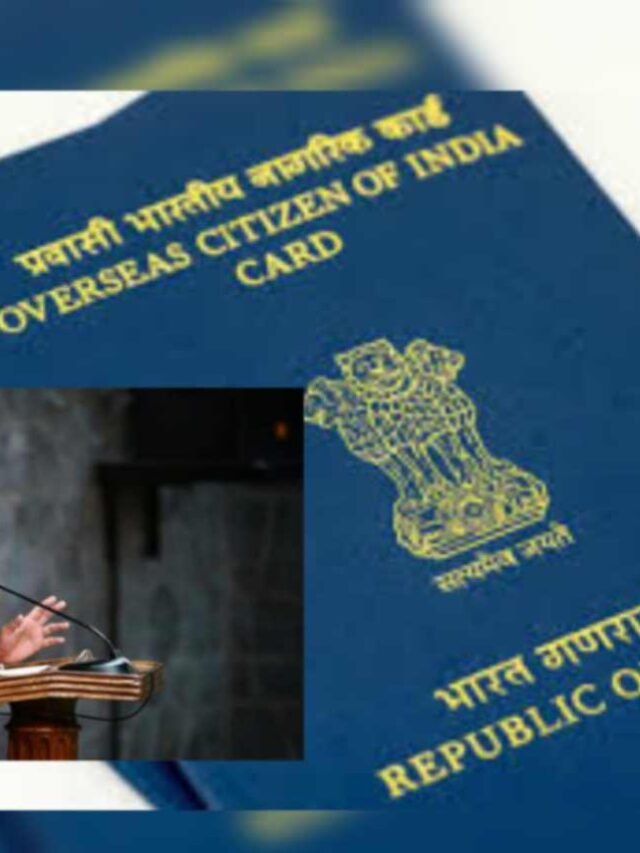All ministers in Gujarat, except Chief Minister Bhupendra Patel, resigned on October 16, 2025. Learn the real reason behind the mass resignations, the political strategy behind the cabinet reshuffle, and what it means for Gujarat’s future governance and elections.
Gujarat Ministers’ Resignation 2025: Full Story Explained
In a surprising yet strategically planned move, all ministers of the Gujarat government—except Chief Minister Bhupendra Patel—submitted their resignations on October 16, 2025. While this might sound like a political crisis, it is actually part of a major cabinet reshuffle intended to prepare the Bharatiya Janata Party (BJP) for upcoming elections and governance restructuring.
The resignations were tendered ahead of a new cabinet formation ceremony scheduled at Gandhinagar’s Mahatma Mandir on October 17. This event marks one of the most significant reorganizations of the Gujarat government in recent years.
Why Did All Ministers Resign?
Contrary to rumors, the mass resignations are not a result of internal conflict or political instability. The move is a planned political reset—a common strategy used by the BJP in several states to refresh the government’s image, inject new energy into governance, and maintain electoral momentum.
The reshuffle aims to:
- Improve performance by replacing underperforming ministers with more dynamic leaders.
- Balance caste and regional representation, a crucial factor in Gujarat politics.
- Prepare for the upcoming local body elections and the 2027 Assembly polls.
- Show accountability by signaling that the government is willing to evolve based on public expectations.
- Counter anti-incumbency sentiment by introducing new faces and ideas.
This strategy—sometimes called the “Modi formula”—was previously seen in Gujarat in 2021 when Bhupendra Patel replaced Vijay Rupani as Chief Minister. The 2025 reshuffle follows a similar logic of renewal and performance-based governance.
What Happens Next?
Following the resignations, the Chief Minister is expected to announce a new team of ministers. Sources suggest that only four or five ministers from the previous cabinet may retain their posts, while several new MLAs and party workers are likely to be promoted to ministerial ranks.
According to constitutional provisions, Gujarat can have up to 27 ministers, representing about 15% of the state’s Legislative Assembly. The new cabinet is expected to reach close to this limit, ensuring wider representation across regions such as Saurashtra, North Gujarat, Kutch, and South Gujarat.
There is also speculation that the Deputy Chief Minister position—vacant since 2021—might be revived. Prominent leaders like Harsh Sanghvi and Kunvarji Halpati are rumored to be contenders for the role.
Political and Strategic Significance
The BJP leadership at both the state and national levels is closely involved in this decision. The reshuffle is intended to strengthen the party’s grassroots presence and prepare for challenges from the opposition, including the Congress and Aam Aadmi Party (AAP), in the upcoming municipal elections.
Politically, this move serves three purposes:
- It reaffirms the BJP’s control and unity, showing coordination between state and central leadership.
- It resets public perception, positioning the government as proactive and performance-driven.
- It enhances electoral preparedness, ensuring representation from key communities and regions.
Public and Opposition Reaction
Public opinion remains divided. Supporters view the reshuffle as a progressive step toward efficient governance, while critics argue that it reflects instability and internal dissatisfaction within the ruling party. Opposition leaders have questioned whether changing faces without changing policies will bring real improvement.
Nonetheless, the BJP’s leadership appears confident that the reshuffle will revitalize governance and reconnect with voters, especially in urban areas, ahead of local elections.
Conclusion
The mass resignation of Gujarat ministers is not a sign of crisis but a calculated political maneuver. By refreshing the cabinet, the BJP aims to deliver better governance, showcase accountability, and prepare for future electoral battles. The coming days will reveal how this strategic reshuffle shapes Gujarat’s political and administrative landscape.
Frequently Asked Questions (FAQ) – Gujarat Ministers Resign 2025
Why did all the Gujarat ministers resign in 2025?
All ministers in the Gujarat government, except Chief Minister Bhupendra Patel, resigned on October 16, 2025, as part of a planned cabinet reshuffle. The move aims to bring new faces into the government, improve performance, balance caste and regional representation, and prepare for upcoming elections.
Is there a political crisis in Gujarat?
No. The resignations were not due to a political crisis or internal conflict. They are a routine, strategic reshuffle directed by the BJP leadership to refresh the government’s image and performance.
When will the new Gujarat cabinet be formed?
The new cabinet was scheduled to be sworn in on October 17, 2025, at Mahatma Mandir in Gandhinagar. The new ministers are expected to represent a mix of experienced and young leaders from across the state.
Who will remain in the new Gujarat cabinet?
Reports suggest that only four to five ministers from the outgoing cabinet may retain their posts. The rest will be replaced to bring fresh energy and representation to different regions and communities.

